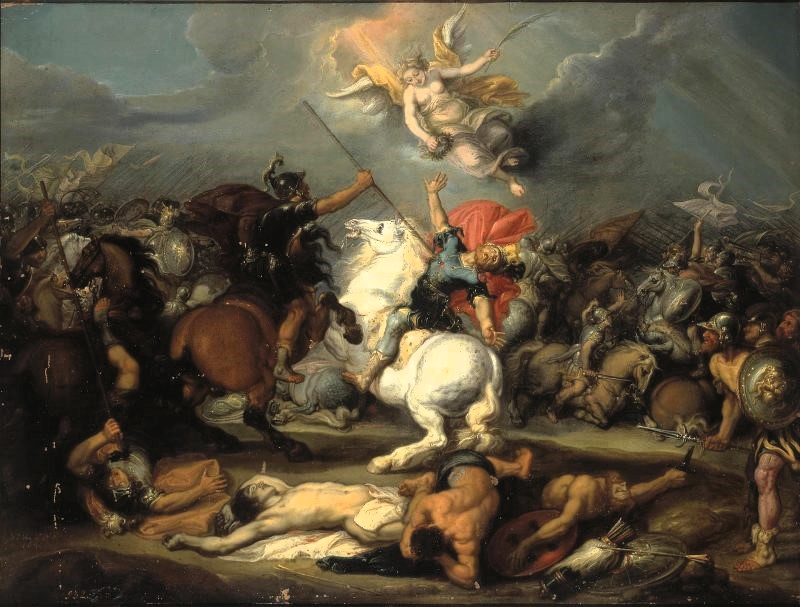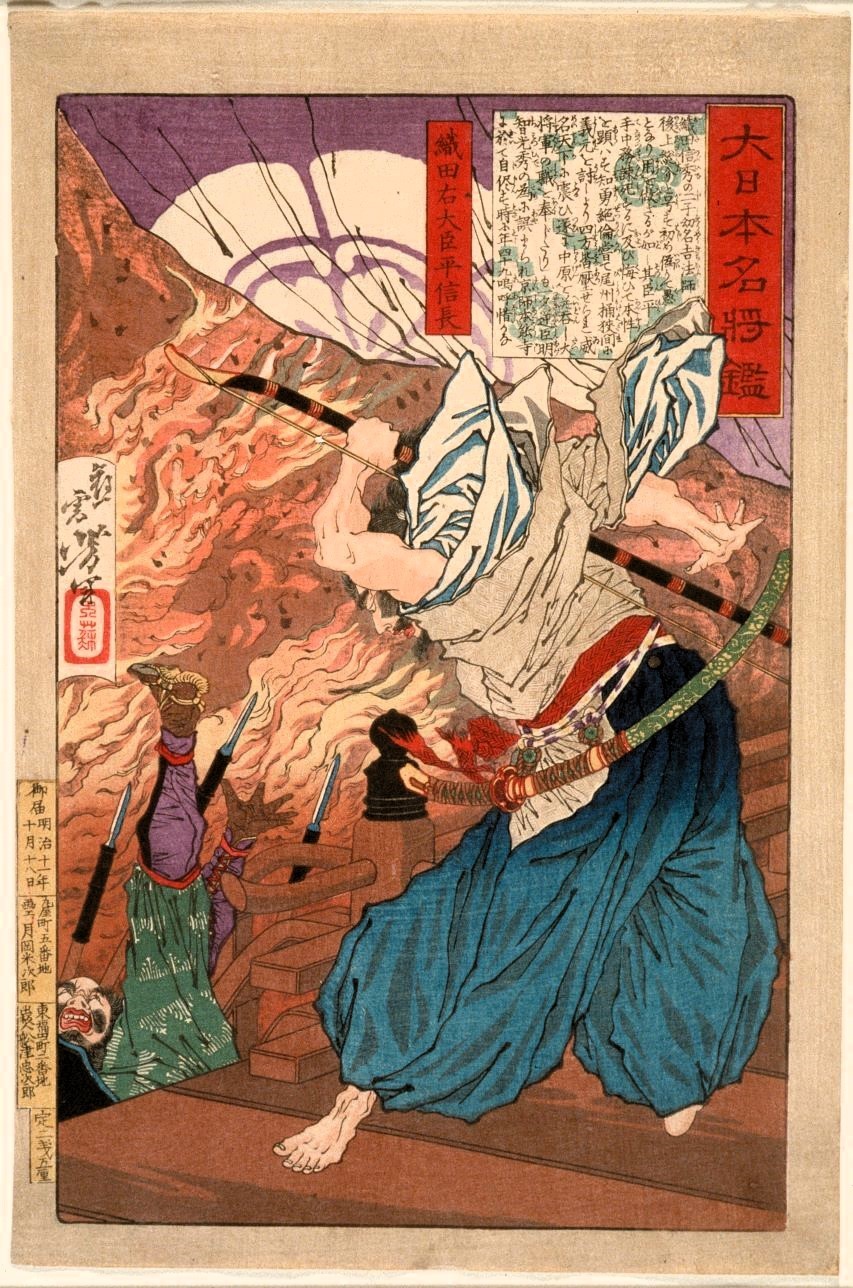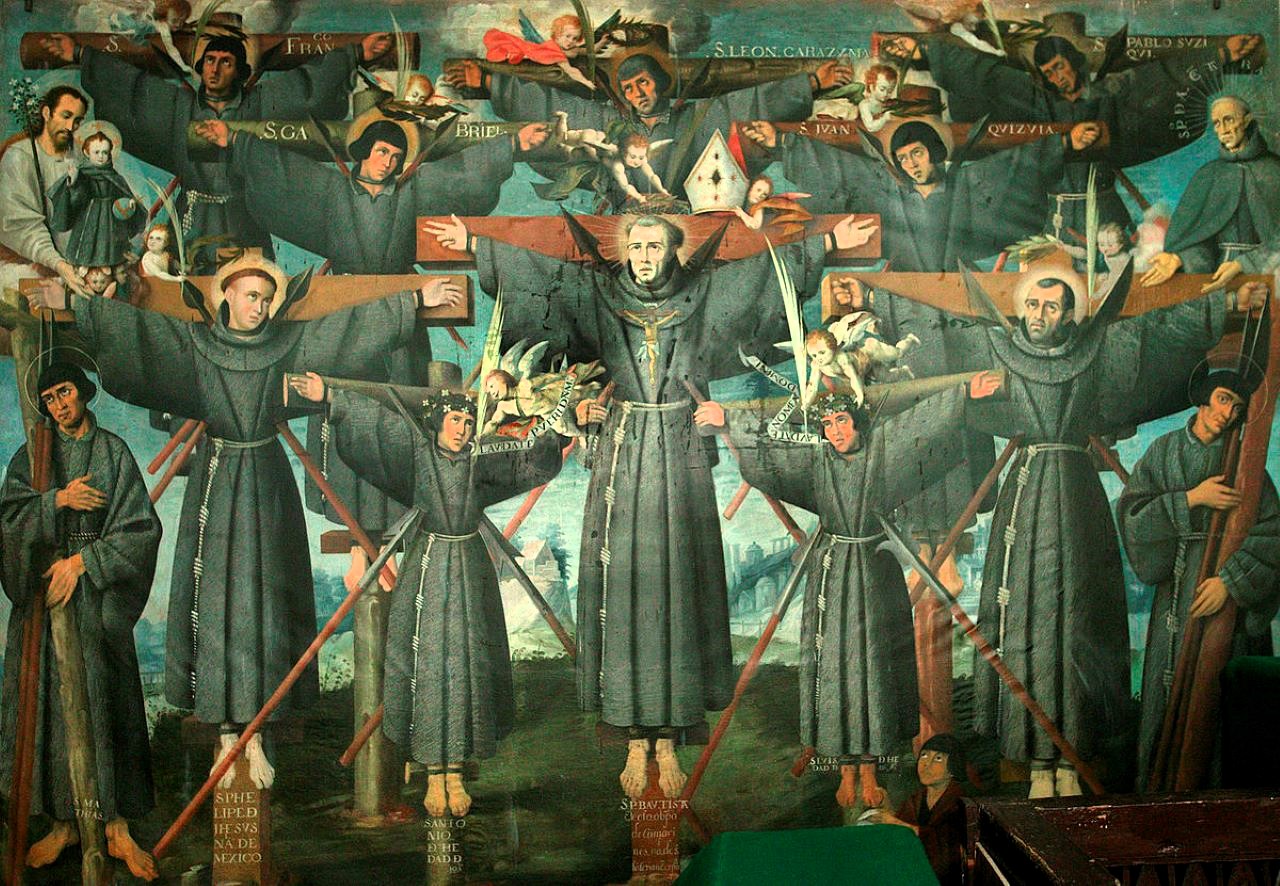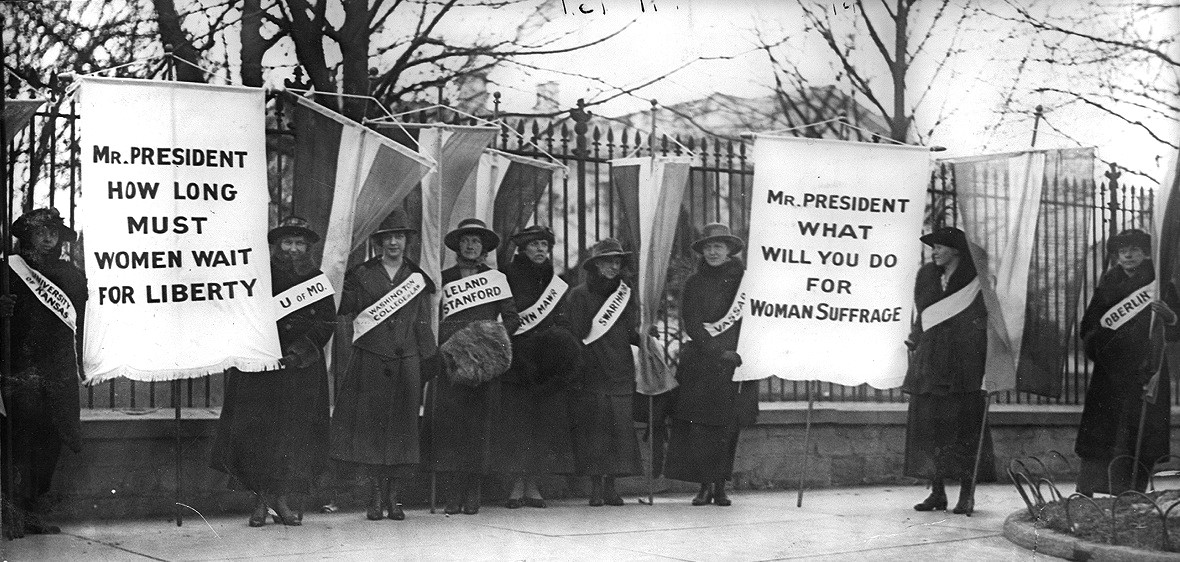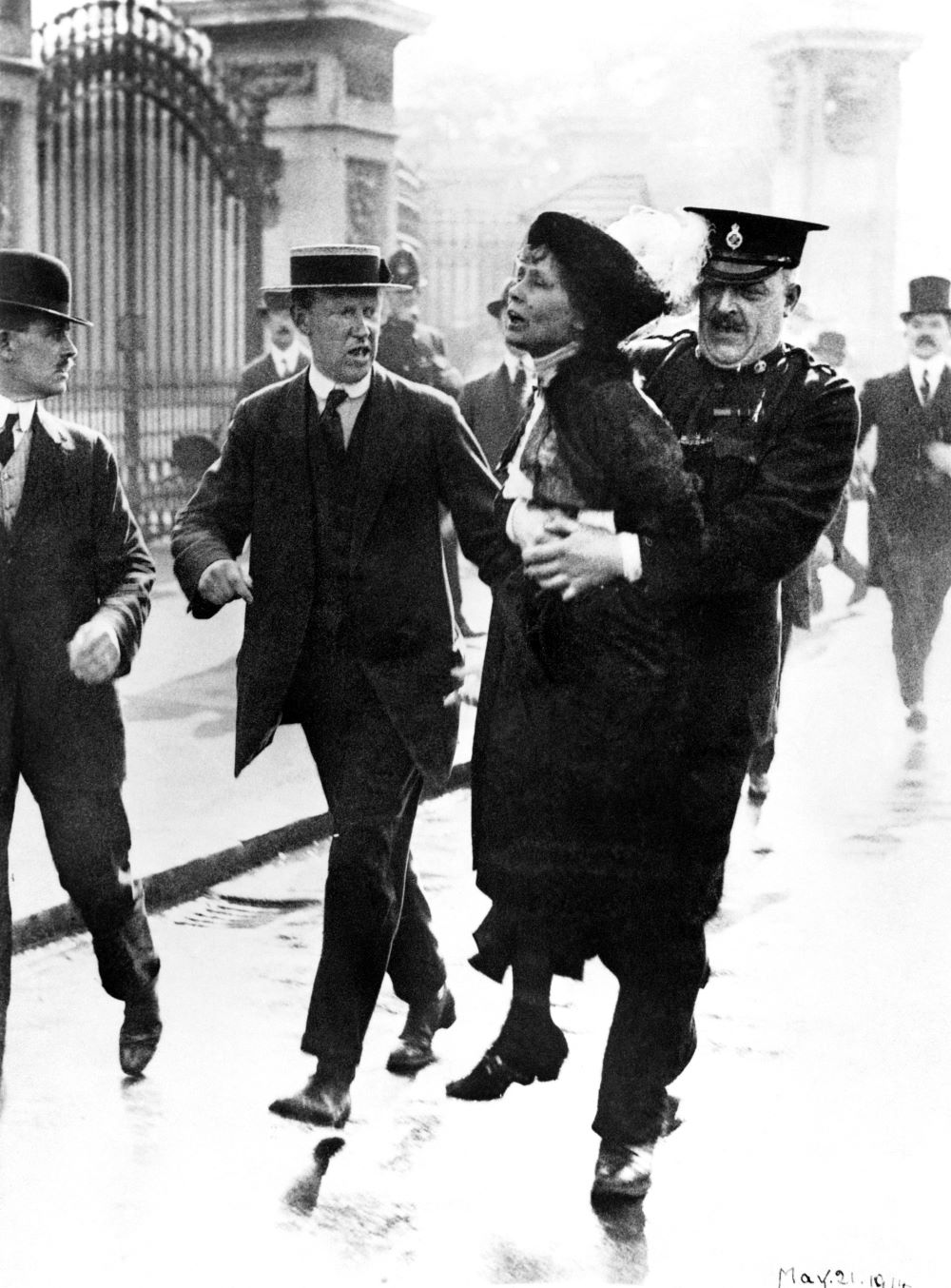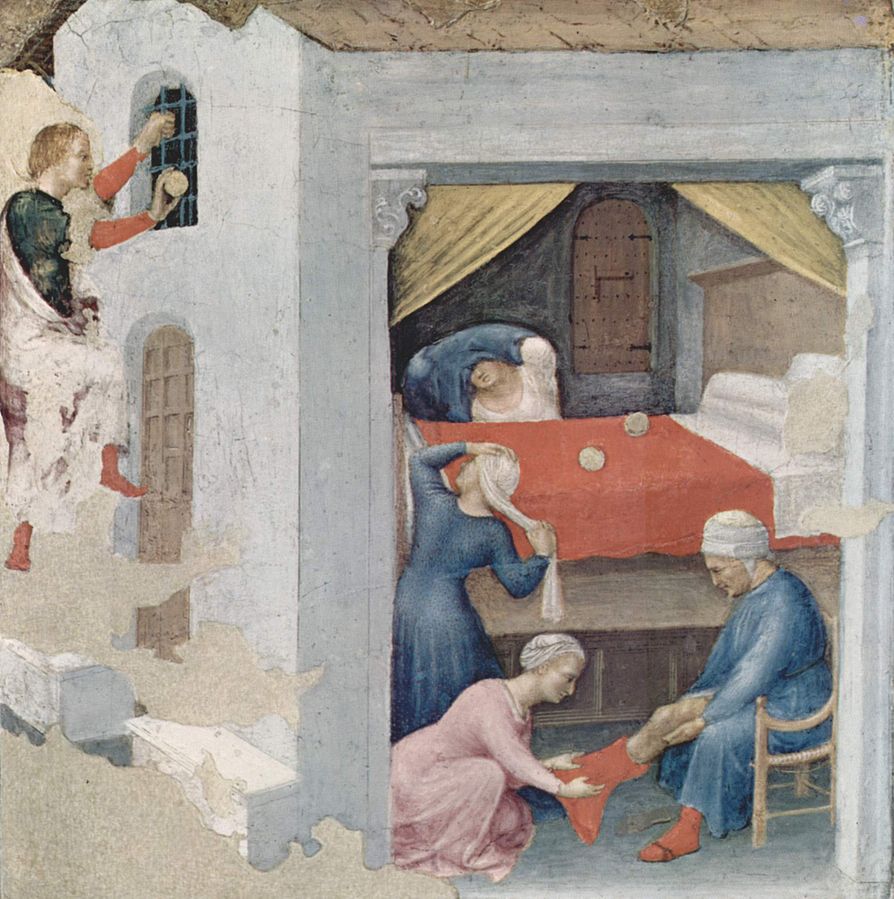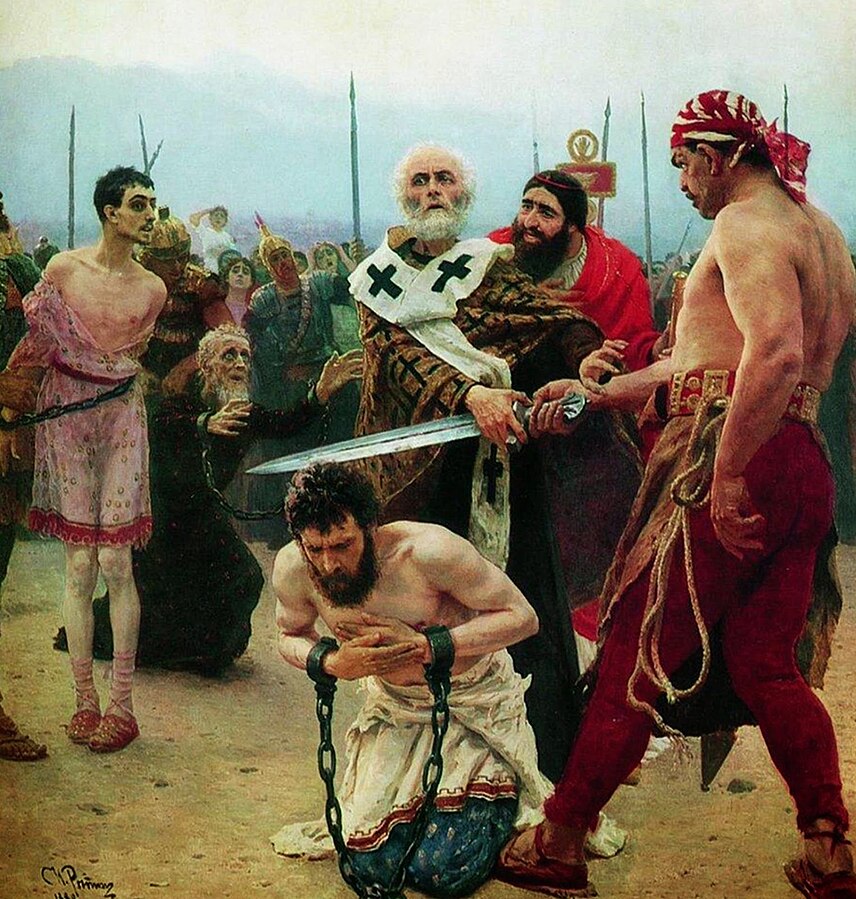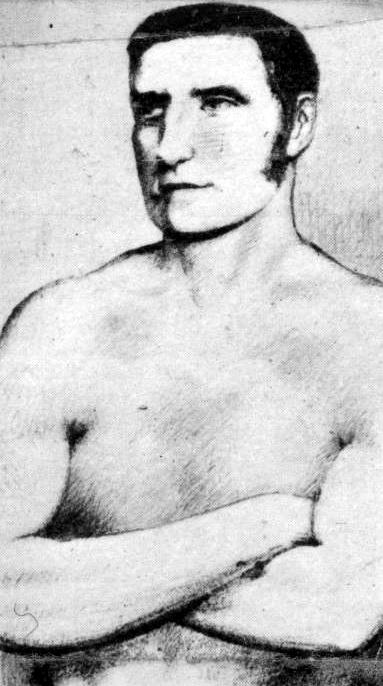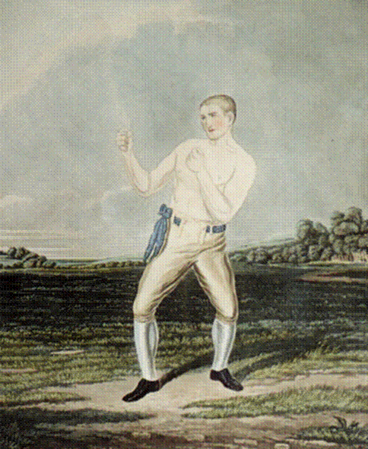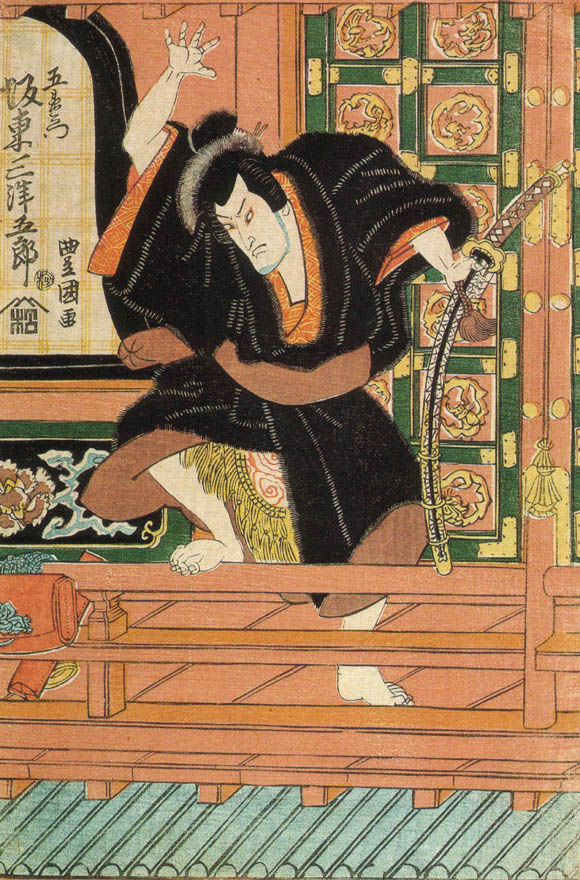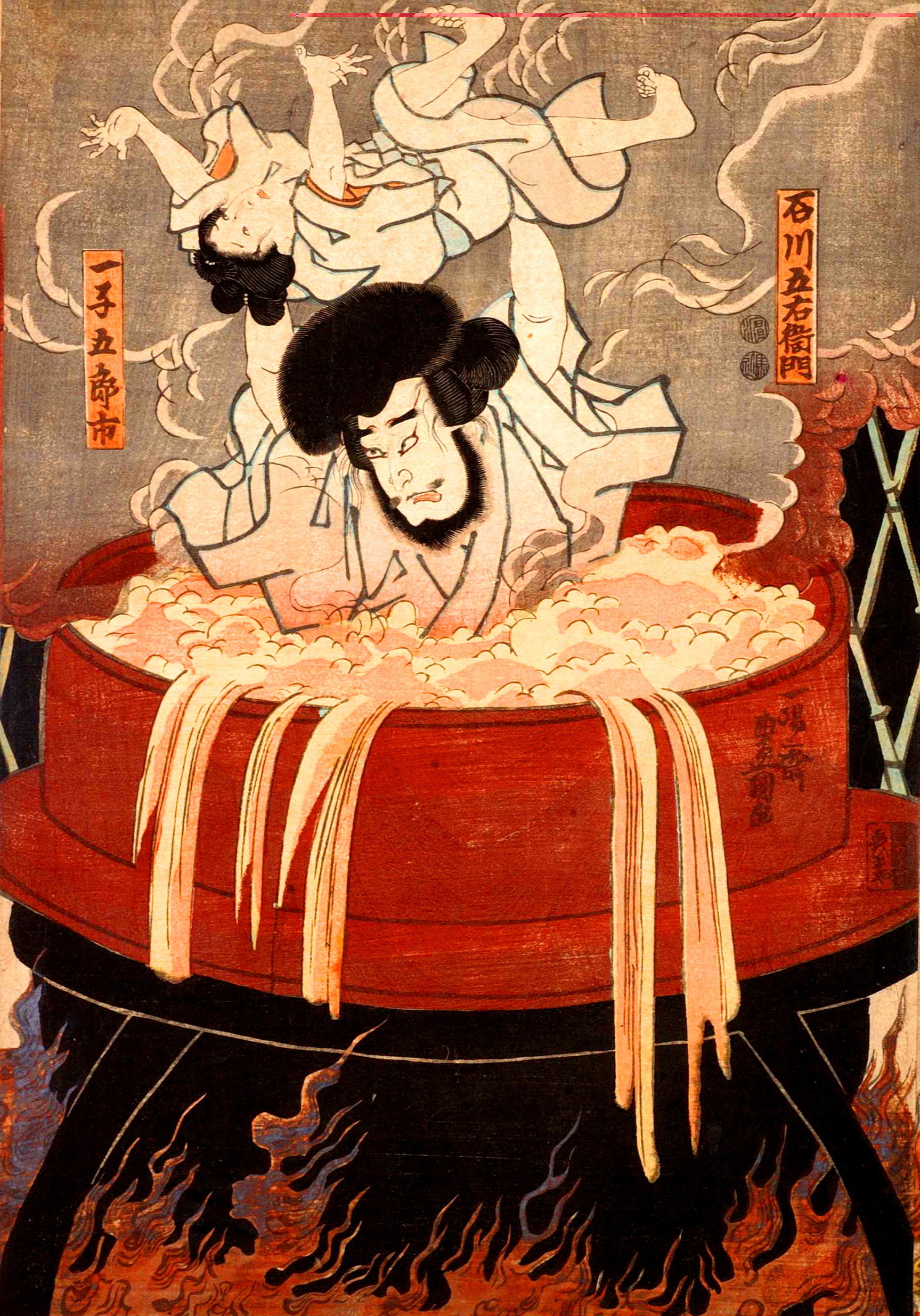The Death of Decius Mus
July 28, 2025Nobunaga Oda in Flames at the Temple of Honnoji
July 11, 2025The Nagasaki Martyrs
July 11, 2025American Suffrage Protest
July 4, 2025Emmeline Pankhurst Arrested
July 4, 2025Usyk v Fury II
December 22, 2024Saint Nicholas
December 21, 2024Bendigo
April 20, 2024Ishikawa Goemon
March 23, 2024Tags
aikido america ancient history archery boxing boxing artwork boxing photography brazil britain bruce lee capoeira capoeira photography china early modern history france greece history italy japan judo jujitsu karate karate photography karate video kata kendo korea kung fu kung fu artwork kung fu photography legendary masters medieval history mma modern history muhammad ali okinawa photography rome samurai samurai artwork samurai photography sensei gichin funakoshi shaolin shotokan kata swords taekwondo war war photography world war one wrestling

